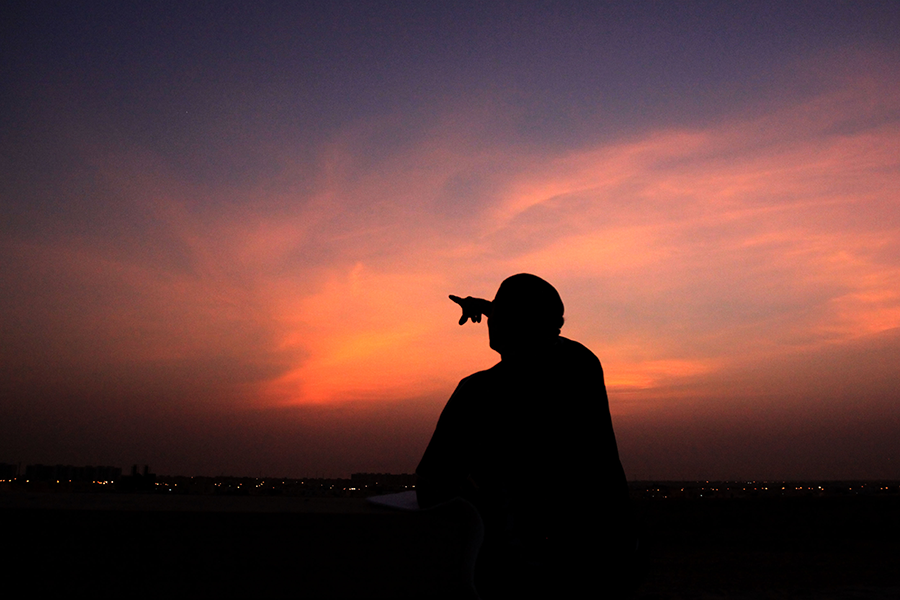How to catch a New Year's Eve comet
Loading...
For those who won’t see any fireworks or glittering city lights to ring in the new year, a comet could bring a shimmering show to light up Saturday night’s sky.
“Say farewell to 2016 in cosmic style by looking up to see the #NewYearsEve #comet on December 31,” the NASA Jet Propulsion Laboratory said in an Instagram post on Wednesday.
Comet 45P/Honda-Mrkos-Pajdušáková is expected to pass near the moon Saturday night. It appeared on the western horizon Dec. 15, and had turned a bluish-green color by Dec. 21. The periodic comet, which returns to the solar system every five years, is visible now with a telescope or binoculars, but can prove tricky to find in the twilight.
Astronomers expect the comet will pass relatively close to Earth, but will be only barely visible to the naked eye at some 7 million miles from Earth. Using an optical aid against an extremely dark sky removed from city lights will make it easiest to see the comet as it passes by its closest point to the sun Saturday night.
Those hoping to catch a glimpse of the comet should point their telescopes or binoculars to the west after sunset, looking to the left of the moon. Viewers are likely to catch a glimpse of Venus, which is currently extremely bright and in a similar position.
The comet could be the first of several celestial spectacles to be visible in 2017, including a Great American Total Solar Eclipse expected in August. This weekend also brings the Quadrantid meteor shower, which begins Friday and is likely to continue through Jan. 12, but will peak just before dawn on Jan 4.
Stargazers can also catch a glimpse of Venus aligned with the crescent moon and Mars on Monday, and see the three objects form a perfect triangle on the last day of the month.






